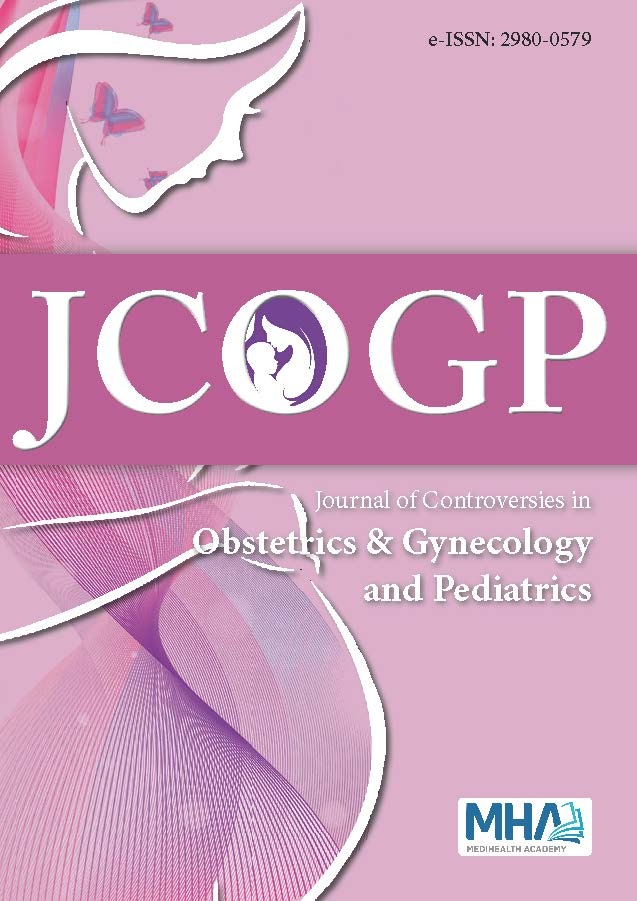1. WHO. Infertility: A global public health issue. 2020.
2. Harlow AF, Zheng A, Nordberg J, Hatch EE, Ransbotham S, Wise LA.A qualitative study of factors influencing male participation in fertilityresearch.Reprod Health. 2020;17(1):186. doi: 10.1186/s12978-020-01046-y
3. Jarow JP, Sharlip ID, Belker AM, et al. Best practice policies for maleinfertility.J Urol. 2002;167(5):2138-2144.
4. Barratt CLR, Björndahl L, De Jonge CJ, et al. The diagnosis of maleinfertility: an analysis of the evidence to support the developmentof global WHO guidance-challenges and future researchopportunities.Hum Reprod Update. 2017;23(6):660-680. doi: 10.1093/humupd/dmx021
5. Biggs SN, Kennedy J, Lewis SL, et al. Lifestyle and environmental riskfactors for unexplained male infertility: study protocol for AustralianMale Infertility Exposure (AMIE), a case-control study.Reprod Health.2023;20(1):32. doi: 10.1186/s12978-023-01578-z
6. McLachlan RI, O’Bryan MK. State of the art for genetic testing ofinfertile men.J Clin Endocrinol Metab. 2010;95(3):1013-1024. doi:10.1210/jc.2009-1925
7. Schmidt L. Psychosocial burden of infertility and assistedreproduction.Lancet. 2006;367(9508):379-380. doi: 10.1016/S0140-6736(06)68117-8
8. Agarwal A, Mulgund A, Hamada A, Chyatte MR. A unique view onmale infertility around the globe.Reprod Biol Endocrinol. 2015;13:37.doi: 10.1186/s12958-015-0032-1
9. World Health Organization. Recommendations. In: Vayena E, RowePJ, Griffin PD, eds. Current practices and controversies in assistedreproduction: report of a meeting on “Medical, Ethical and SocialAspects of Assisted Reproduction” held at WHO Headquarters inGeneva, Switzerland. World Health Organization: 2002:381-396.
10. Krausz C, Riera-Escamilla A. Genetics of male infertility.Nat Rev Urol.2018;15(6):369-384. doi: 10.1038/s41585-018-0003-3
11. Liao C, Walters BW, DiStasio M, Lesch BJ. Human-specific epigenomic states in spermatogenesis.Comput Struct Biotechnol J. 2023;23:577-588.doi: 10.1016/j.csbj.2023.12.037
12. Houston BJ, Riera-Escamilla A, Wyrwoll MJ, et al. A systematic reviewof the validated monogenic causes of human male infertility: 2020update and a discussion of emerging gene-disease relationships.HumReprod Update. 2021;28(1):15-29. doi: 10.1093/humupd/dmab030
13. Sofikitis N, Giotitsas N, Tsounapi P, Baltogiannis D, GiannakisD, Pardalidis N. Hormonal regulation of spermatogenesis andspermiogenesis.J Steroid Biochem Mol Biol. 2008;109(3-5):323-330. doi:10.1016/j.jsbmb.2008.03.004
14. Fink J, Ide H, Horie S. Management of male fertility in hypogonadalpatients on testosterone replacement therapy.Medicina. 2024;60(2):275.doi: 10.3390/medicina60020275
15. Schlegel PN. Causes of azoospermia and their management.ReprodFertil Dev. 2004;16(5):561-572. doi: 10.10371/RD03087
16. Esteves SC, Miyaoka R, Agarwal A. Surgical treatment of male infertilityin the era of intracytoplasmic sperm injection - new insights.Clinics.2011;66(8):1463-1478. doi: 10.1590/s1807-59322011000800026
17. Sharma R, Harlev A, Agarwal A, Esteves SC. Cigarette smoking andsemen quality: a new meta-analysis examining the effect of the 2010World Health Organization laboratory methods for the examinationof human semen.Eur Urol. 2016;70(4):635-645. doi: 10.1016/j.eururo.2016.04.010
18. SCooper TG, Noonan E, von Eckardstein S, et al. World HealthOrganization reference values for human semen characteristics.HumReprod Update. 2010;16(3):231-245. doi: 10.1093/humupd/dmp048
19. Esteves SC. Novel concepts in male factor infertility: clinical andlaboratory perspectives.J Assist Reprod Genet. 2016;33(10):1319-1335.doi: 10.1007/s10815-016-0763-8
20. Nair S, Jadhav S, Lila A, et al. Spectrum of phenotype and genotypeof congenital isolated hypogonadotropic hypogonadism in AsianIndians.Clin Endocrinol. 2016;85(1):100-109. doi: 10.1111/cen.13009
21. Krausz C, Riera-Escamilla A. Genetics of male infertility.Nat Rev Urol.2018;15(6):369-384. doi: 10.1038/s41585-018-0003-3
22. Lotti F, Maggi M. Ultrasound of the male genital tract in relation tomale reproductive health.Hum Reprod Update. 2015;21(1):56-83. doi:10.1093/humupd/dmu042
23. Sharma R, Biedenharn KR, Fedor JM, Agarwal A. Lifestyle factorsand reproductive health: taking control of your fertility.Reprod BiolEndocrinol. 2013;11:66. doi: 10.1186/1477-7827-11-66
24. Salas-Huetos A, Bulló M, Salas-Salvadó J. Dietary patterns, foods andnutrients in male fertility parameters and fecundability: a systematicreview of observational studies.Hum Reprod Update. 2017;23(4):371-389. doi: 10.1093/humupd/dmx006
25. Tan KA, De Gendt K, Atanassova N, et al. The role of androgensin sertoli cell proliferation and functional maturation: studies inmice with total or sertoli cell-selective ablation of the androgenreceptor.Endocrinol. 2005;146(6):2674-2683. doi: 10.1210/en.2004-1630
26. Agarwal A, Majzoub A, Esteves SC, Ko E, Ramasamy R, Zini A. Clinicalutility of sperm DNA fragmentation testing: practice recommendationsbased on clinical scenarios.Transl Androl Urol. 2016;5(6):935-950. doi:10.21037/tau.2016.10.03
27. Al Bakri A, Lo K, Grober E, Cassidy D, Cardoso JP, Jarvi K. Timefor improvement in semen parameters after varicocelectomy.J Urol.2012;187(1):227-231. doi: 10.1016/j.juro.2011.09.041
28. Schlegel PN. Testicular sperm extraction: microdissection improvessperm yield with minimal tissue excision.Hum Reprod. 1999;14(1):131-135. doi: 10.1093/humrep/14.1.131
29. Palermo G, Joris H, Devroey P, Van Steirteghem AC. Pregnanciesafter intracytoplasmic injection of single spermatozoon into anoocyte.Lancet. 1992;340(8810):17-18. doi: 10.1016/0140-6736(92)9242f
30. Sakkas D, Ramalingam M, Garrido N, Barratt CL. Sperm selection innatural conception: what can we learn from mother nature to improveassisted reproduction outcomes?Hum Reprod Update. 2015;21(6):711-726. doi: 10.1093/humupd/dmv042
31. Agarwal A, Baskaran S, Parekh N, et al. Male infertility.Lancet.2021;397(10271):319-333. doi: 10.1016/S0140-6736(20)32667-2
32. Schlegel PN, Sigman M, Collura B, et al. Diagnosis and treatment ofinfertility in men: AUA/ASRM guideline part I.J Urol. 2021;205(1):36-43. doi: 10.1097/JU.0000000000001521
33. Tournaye H, Krausz C, Oates RD. Novel concepts in the aetiology ofmale reproductive impairment.Lancet Diab Endocrinol. 2017;5(7):544-553. doi: 10.1016/S2213-8587(16)30040-7

